
Unknown Anzacs in family photo album
Unknown Anzacs in family photo album Below I have shared two photographs of unknown Anzac soldiers found in a family photo album that belonged to
Genetic Genealogy uses DNA testing in combination with traditional genealogical research and historical records to infer relationships between individuals.
DNA testing has become an essential tool when researching a family’s history.
It is affordable and accurate, and the resulting DNA evidence can help solve family mysteries and dead-ends encountered in traditional genealogical research.
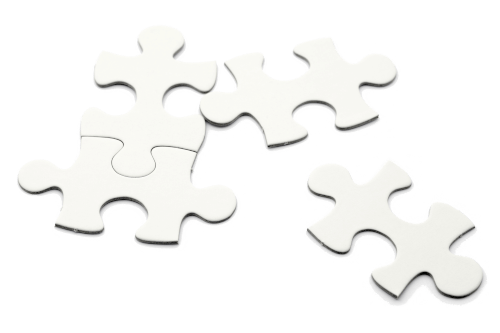
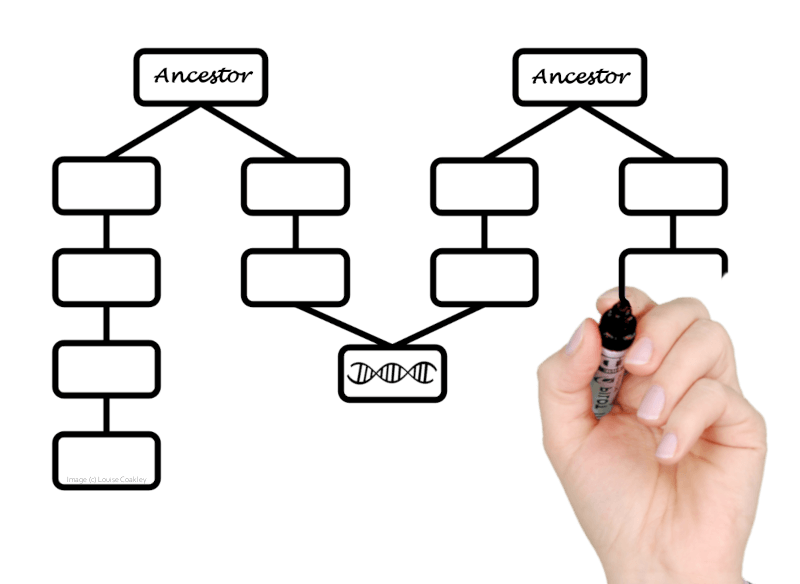
Genealogists worldwide are using DNA results to:
Every day, genetic genealogy is succesfully identifying biological families for people with unknown parentage – including adoptees, donor conceived individuals, foundlings (abandoned infants), child migrants, war babies, and amnesiacs.
Birth parents and gamete donors are DNA testing themselves in the hope of connecting with their offspring.
People with questions about their family structure or history are finally learning the truth through DNA testing. And some people receive unexpected results after they do a DNA test for fun or family history.
Many never thought it possible, but answers can now be found from the privacy of your home, using a small sample of saliva or cheek cells.
To familiarise yourself with the most popular and effective test for identifying close relatives, read What is an AncestryDNA test?

Since genetic genealogy came about 23 years ago, direct-to-consumer DNA testing has focused on samples provided by living people. Autosomal DNA is diluted by half with each new generation, so we’ve learnt that testing our oldest living generations produces the best DNA matches and helps identify family lines of our shared matches.
As genealogists wait patiently for closer DNA matches to help connect family lines, many wish they could have tested their deceased ancestors or relatives – such as parents, grandparents, great grandparents, great and great great aunts and uncles, etc – to reach a little further up their family trees or to solve specific research problems.
DNA services are emerging that attempt to extract DNA from items belonging to deceased relatives. Saliva preserved on paper products and sealed in gum under envelope flaps and stamps can now be analysed to see if there is any useable DNA. DNA extracted from hair and other items is also being trialled, as is using Whole Genome Sequencing (WGS) and obtaining different types of DNA. If DNA can be extracted and successfully genotyped, the resulting DNA data files are compatible with existing genealogy DNA databases such as GEDmatch, so they can be compared with living people and other test samples for genealogical research. Read more on DNA from deceased ancestors.


Genealogy DNA tests were designed primarily for family history research purposes, so relying on the genealogy data for making health and medical decisions is not recommended. Some companies have developed tests with a primary focus on health reports. 23andMe’s Health + Ancestry test is available to customers in the US, UK, Canada & Ireland, but not to customers outside those countries (Australians and New Zealanders do not receive any health reports with their DNA results from 23andMe). MyHeritage launched their Health test and reports in May 2019. It is now only available as an upgrade for customers who have purchased a MyHeritage DNA Ancestry kit. Ancestry sold a Health test to customers in the US (except for NY, NJ, RI) for one year, but it was discontinued in January 2021. Family Tree DNA has merged with myDNA, who sell medication, nutrition and wellness tests. Living DNA also sells wellness tests.
Many genealogists do upload their autosomal raw DNA data files to third party sites for a nominal fee to receive reports based on health and medical research. Any concerns should always be checked with a health professional and clinical genetic tests ordered if appropriate, and genetic counselling sought if needed.
Autosomal DNA testers can opt in at some genealogy testing companies to allow their de-identified data to be used for medical and pharmaceutical research. Note that none of the companies sell your data as is sometimes sensationalised in the media… you must specifically opt-in to provide your consent to participate in research programs.
Medical research use of DNA is advancing at an amazing pace, including the growing use of Whole Genomic Sequencing (WGS) to help diagnose previously undiagnosed conditions and to customise treatment for difficult cases. DNA Complete (formerly Nebula Genomics) sells Whole Genome Sequencing tests that examine all 6.4 billion markers in your genome (with 30x or 100x coverage). Refer to the ISOGG Wiki for more information.
Investigative Genetic Genealogy (IGG) – sometimes referred to as Forensic Genetic Genealogy (FGG) or Forensic Investigative Genetic Genealogy (FIGG) – is being used or trialled by law enforcement agencies around the world to give names to unidentified human remains (UHR) and to identify perpetrators of serious violent crimes such as rape and murder.
Some are cold cases that have remained unsolved for decades, and others are recent crimes where the aim is to apprehend the criminals quickly to prevent further offences.
Other agencies – such as the DNA Doe Project, and Australia’s National DNA Program for Unidentified and Missing Persons (now concluded) – have used genetic genealogy techniques to identify John & Jane Does (unidentified bodies) and unidentified human remains (UHR), providing much needed resolution, or at least some answers, for the families of those identified and for investigators who never gave up.
The terms of service of the biggest genealogy DNA testing companies (AncestryDNA, 23andMe & MyHeritage DNA) prohibit use of their DNA databases by law enforcement.
The following DNA databases allow the upload of DNA profiles by law enforcement agencies and authorised FIGG/FGG/IGG labs/practitioners:
For testers who opt-in, law enforcement or other authorised agencies do not see or have access to your DNA data. However, if you are related to one of their uploaded DNA profiles, you may be visible as a genetic relative, enabling investigative genetic genealogy research techniques that could help identify the owner of the DNA profile. The lead generated would be used as a tip, requiring thorough investigation and corroborating evidence.


Unknown Anzacs in family photo album Below I have shared two photographs of unknown Anzac soldiers found in a family photo album that belonged to

Do you recognise Pietro? Pietro never knew he had a daughter – named Franca. Franca started looking for her father, or at least his identity,
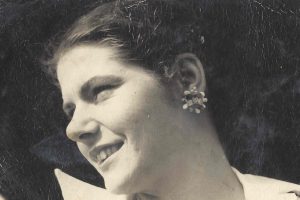
Joan searched for her niece for 41 years Joan Dunbar of Cairns in Far North Queensland, started searching for her niece, Kathleen, after her brother
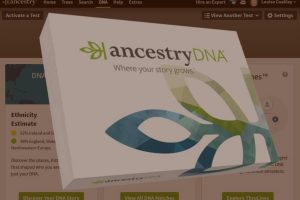
What is an AncestryDNA test? An AncestryDNA® test is an easy-to-do-at-home DNA test that uses a small amount of your saliva to extract your DNA.

If you have done an autosomal DNA test at any of the major genealogy testing companies, your raw DNA data file will be accessible to
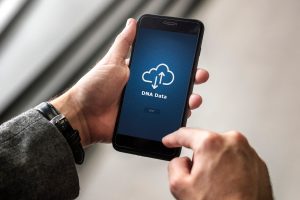
Should you upgrade your Family Finder transfer? UPDATE: This content is no longer relevant, as since FTDNA’s major update in July 2021, all free uploads
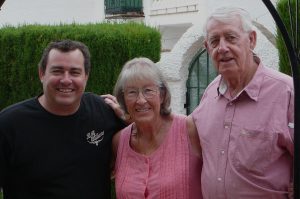
DNA helps find 76-year-old Child Migrant’s family after 6 decades of searching Robert ‘Bob’ Taylor was almost 10 years old when he was called to

[Updated 21 Nov 2023] Tips for Using GEDmatch GEDmatch is a popular website used by genetic genealogists and family historians who are incorporating DNA evidence
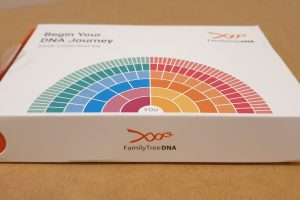
What is a Family Finder test? A Family Finder test is a very simple DNA test that anyone of any age or gender can do.
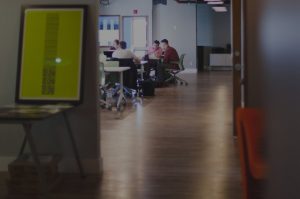
How to Establish a DNA Interest Group Thousands of genealogists have tested their DNA for family history purposes, but from my experience it seems that
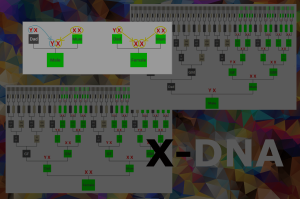
X-DNA’s helpful inheritance patterns When you test your autosomal DNA at any of the five genealogy DNA testing companies (ie. Ancestry, 23andMe, MyHeritage, Family Tree

Autosomal DNA finds matches on all ancestral lines Everyone inherits autosomal DNA from their parents: 50% from each parent, which contains a random mix of
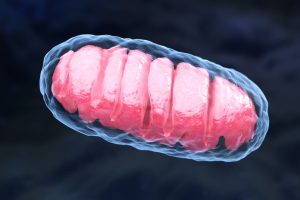
Mitochondrial DNA – the direct maternal line Everyone inherits mitochondrial DNA (mtDNA) from their mother – through her mother, her mother, her mother, her mother,

Y-DNA – the direct paternal line All males inherit Y-chromosomes from their father – through his father, his father, his father, etc – represented by

Templates for DNA match enquiry messages & emails Once your DNA results have been released, you’ll be keen to start messaging your closest matches –
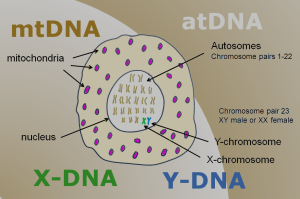
What types of DNA tests are available? For genealogical purposes, there are three main types of DNA tests that are available: Y-chromosome (Y-DNA) tests for the